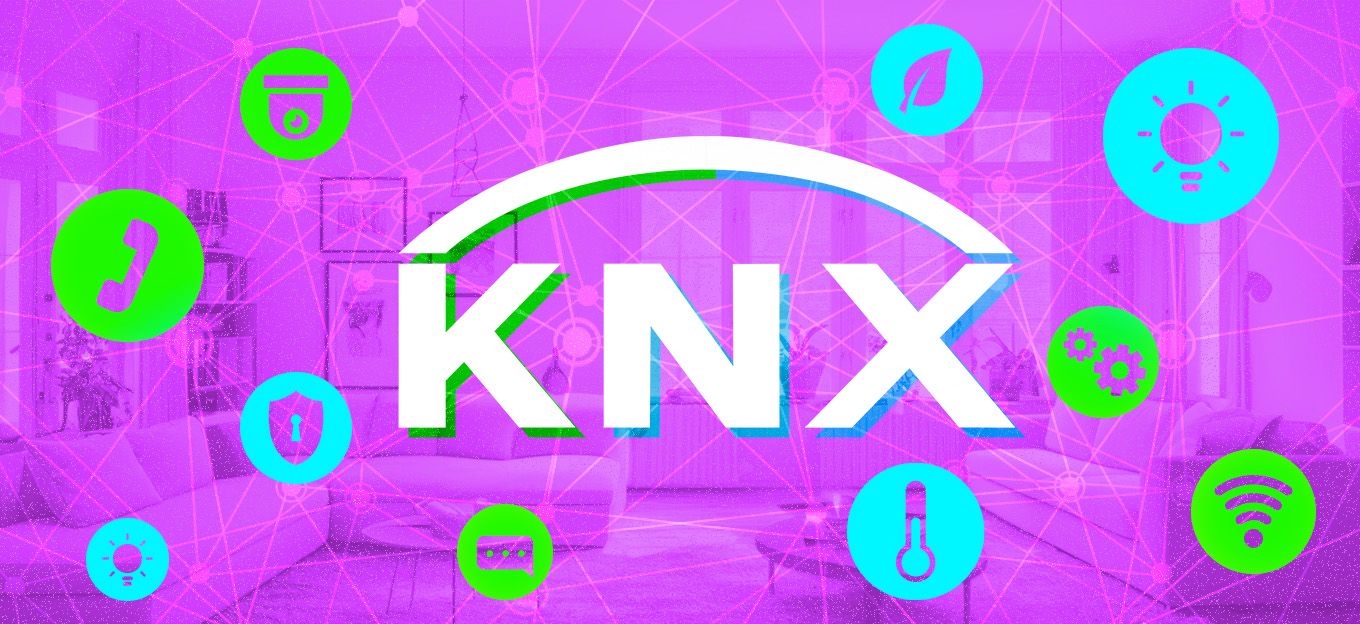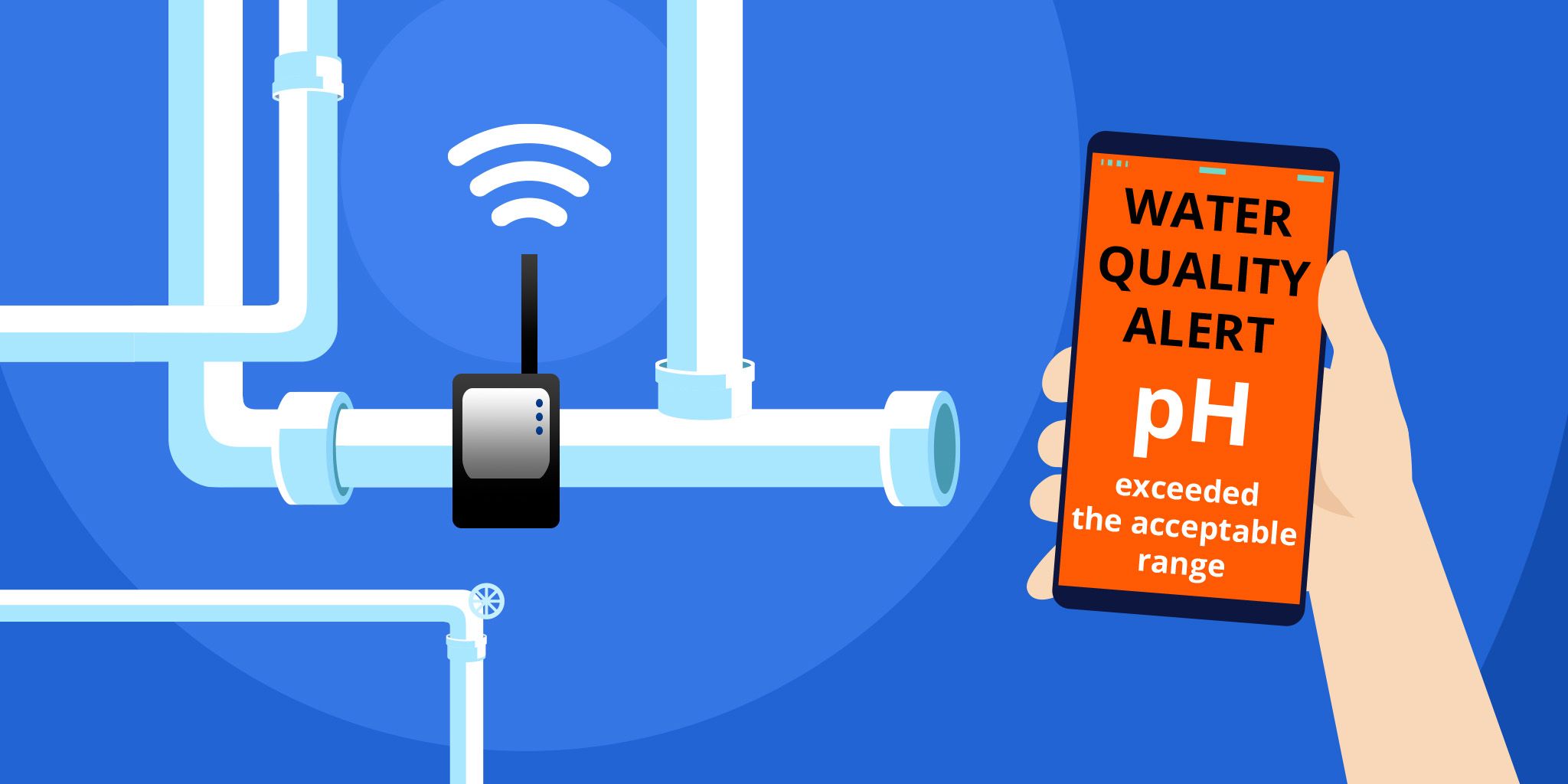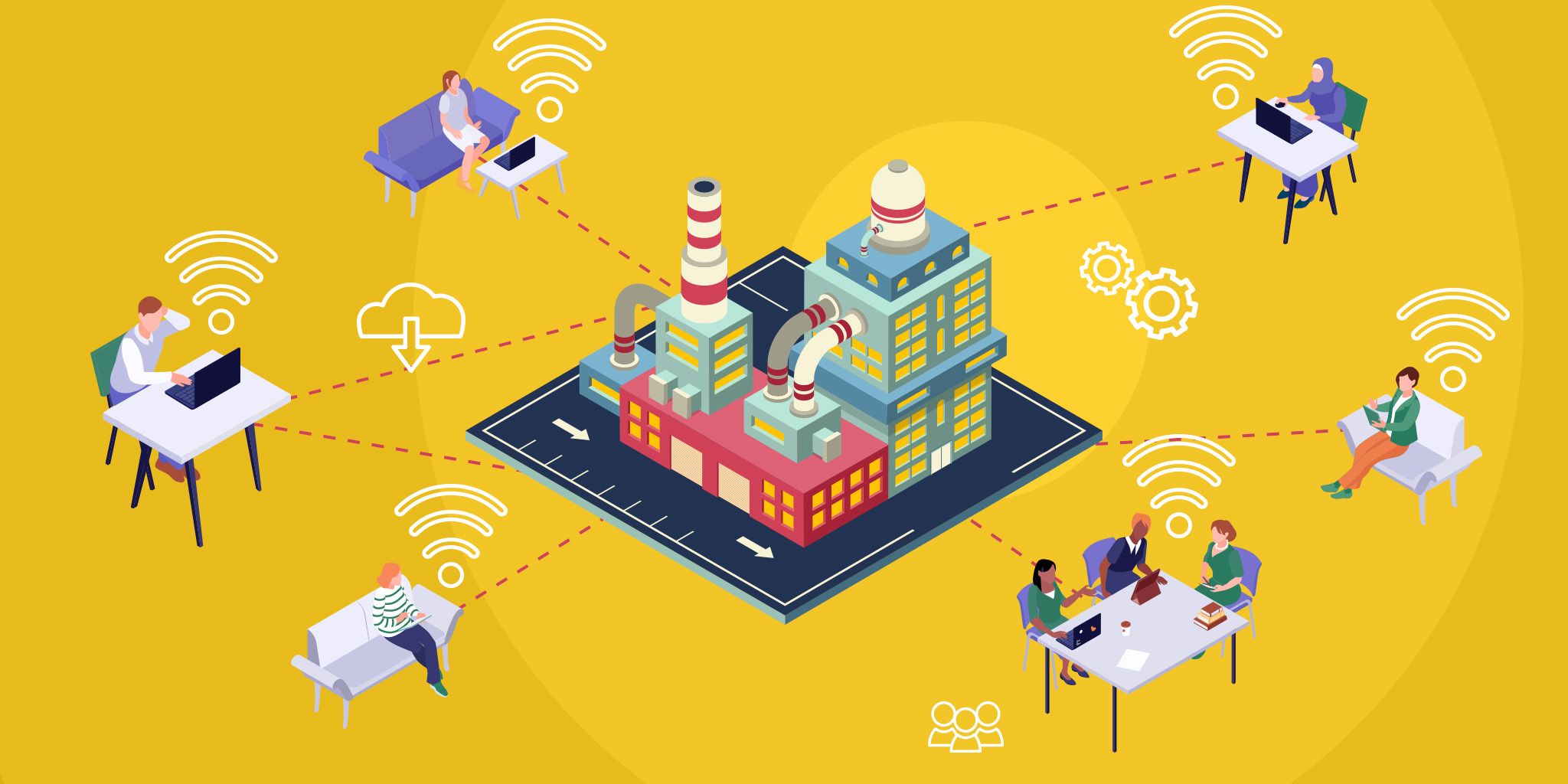Chatbot Applications in IoT
Chatbot Applications in IoT
- Last Updated: December 2, 2024
Guest Author
- Last Updated: December 2, 2024



By now, we’re all familiar with the concept of a chatbot—that sometimes annoying, sometimes helpful little window or character that pops up as you’re perusing a site. They’re especially popular with retailers. Often while browsing a certain department store online, I’ve engaged the chatbot to assist in finding a particular item in a store near me when it wasn’t readily available on the website.
Chatbots can reduce user friction, elevate the user experience, and better surfaces actual system flaws, acting as a friend to both you and the user of your system.
Chatbots are one of the most common forms of artificial intelligence, deployed by businesses to enhance the customer experience and to free up customer service personnel. In this article, we’ll explore the role these digital assistants can play in an Internet of Things (IoT) solution and the value they can bring, as well as the negative impacts they may have.
Consumer-Facing Chatbots in IoT
Imagine this: you’ve just installed a brand-new smart thermostat in your home. After downloading the accompanying app, you’re playing around with the features but accidentally set your home temperature to automatically crank up to 90°F every day at 10pm, and you can’t figure out how to cancel it. Did you read the manual first to know what to do when you make this mistake? Of course not; you threw it out immediately. You tried calling customer service, but couldn’t stand the hold music. Now you’re pouring through the FAQs trying to figure out where you went wrong.
Enter the chatbot: designed to be helpful and friendly, all you need to do is type in your question and it replies in seconds with detailed instructions. As a consumer, you’ve quickly solved your problem and learned a little something about your new smart thermostat.
If you’re the business owner behind the smart thermostat, you’ve likely just saved yourself a negative review. Plus, none of your customer service personnel was berated by a hot and cranky customer. Win-win!
Even the most intelligently designed IoT systems can prove challenging for users. In those moments, if your customer doesn’t feel supported or is unable to quickly overcome those challenges, they may start using your solution ineffectively, or they may stop using it entirely. Chatbots are an effective and efficient way to provide that support and to teach your customers how to properly use your tools.
Internal-Facing Chatbots in IoT
What if you’re deploying an IoT solution to support internal business needs?
Let’s call you the director of innovation at Big Truck, Inc., a company with thousands of trucks that are rented out to other businesses. You’ve been working hard on an IoT fleet management solution, which would help your colleagues in fleet management to locate inventory that needs to be repaired before being rented out again. This will save the fleet management team a lot of time, and in turn, it will save Big Truck a lot of money. Finally, after all your research, development, and testing, you’re ready to deploy your fleet management solution.
However, despite all the training materials you provided, many fleet management personnel weren’t properly trained, and misinformation about how to use the system quickly spreads.
Once again, enter the chatbot: an artificially intelligent digital assistant that can quickly answer employee questions and guide proper user behavior on the fly ensures that everyone is using your fleet management solution as intended. While there may still be needed tweaks to your solution, the chatbot should alleviate pain points derived from user error. Now that the fleet management team is using your solution as intended, they can more quickly locate trucks in need of repair, saving themselves many hours of tedious searching.
Emotional Chatbots and Privacy Regulations
Though clearly chatbots can be extremely helpful, they raise security and ethics questions too. According to Infosec, emotional chatbots (also known as “emotional chatting machines” or ECM for short) are “chatbots that employ a certain level of human emotional intelligence (i.e., the capability to perceive, integrate, understand, and regulate emotions).” These chatbots are not only improving the quality and accuracy of their answers with each interaction, but they are also adapting the appropriate empathy of their responses. Self-learning algorithms allow the ECMs to provide more and more human-like responses, making users feel as though they’re conversing with a real person.
The problem is, they’re not talking to a real person. But those high-empathy responses from a chatbot can lead users to reveal much more personal data than they typically would. And if the business managing that chatbot doesn’t have the strictest privacy regulations in place, that kind of sensitive data could easily fall into the lap of a bad actor. Companies can take the following steps to ensure the protection of their customers:
- Require login credentials (username + password) for all users
- Instill two-factor authentication, e.g., once you log in, you must also enter a special PIN that's been texted to you
- Encrypt all messages sent
- Destroy all messages that include sensitive data after a certain period of time
In utilizing the above security practices for their ECMs—or any kind of chatbot, for that matter—companies are not just engaging in best security practices, but they are also instilling best ethical practices.
So, Do You Need a Chatbot?
Chatbots in IoT are an exciting strategy to ensure your users are engaging in best use practices. They can reduce user friction, which elevates the user experience and better surfaces actual system flaws. Chatbots act as a friend to both you and the user of your system.
Not every solution requires this kind of digital assistant, though; just because you have a chatbot doesn’t mean you’ll never have to deal with a rightfully frustrated user. Here are a few questions to consider when looking into getting a chatbot of your own:
- Will the system you’ve designed quickly be taken out of your hands? Will it be used by many people you may never meet? Chatbots serve well here by providing bandwidth for your customer support team.
- Is your IoT solution simple enough for a child to use? If so, your IoT solution is probably quite simple; a chatbot might not have much to do.
- Could users potentially submit very personal and/or sensitive data to your chatbot? If so, are you prepared to amp up your security requirements? If you can’t handle the heat of a potential audit by the Federal Communications Commission (FCC), stay out of the chatroom.
Happy chatting!
Written by Reilly Dunn
The Most Comprehensive IoT Newsletter for Enterprises
Showcasing the highest-quality content, resources, news, and insights from the world of the Internet of Things. Subscribe to remain informed and up-to-date.
New Podcast Episode

How to Build Smart Building Solutions
Related Articles




